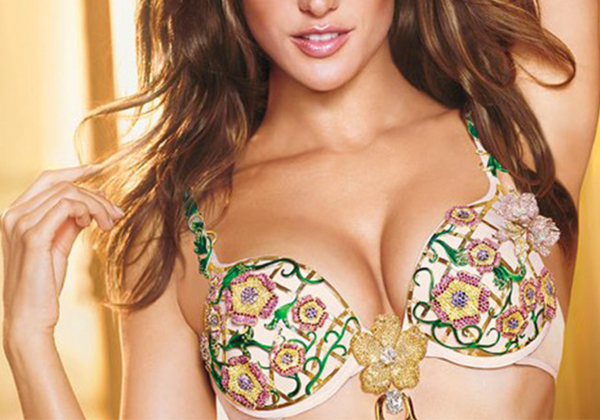Ranked the most common type of cancer, Breast Cancer is also highly discussed. Tons of advocates and survivors passionately educate people about its symptoms and prevention methods. The only downside, however, is that there are also several disturbing myths surrounding breast cancer.
Since October is Breast Cancer Awareness Month, let’s kick things off to a knowledge-sharing start by debunking these myths:

Myth #1: Breast cancer only affects women.
Breast cancer may be more common in women, but that doesn’t mean that men are exempted. Men, like women, have breast tissue and are also at risk for breast cancer. It usually affects men over 60, but it can also occur in younger men. Better get started on those self-examinations, lads!
Myth #2: I can only get breast cancer if it runs in the family.
Touché, since genetics play a significant role in developing breast cancer. We’d hate to break it to you, but only 5 to 10 per cent of the recorded cases are hereditary. Most breast cancer cases have no known family history, suggesting that your lifestyle and environment could be the catalyst. Or simply, you’re just at risk because you are a woman and you are growing older. Over time, healthy cells can mutate and become cancerous, so no one is truly marked safe.
Read more: Can you combine threadlifts with other aesthetic treatments?

Myth #3: Wearing a bra causes breast cancer.
We all know the satisfaction when we can finally take off our bras after a long day. And quite frankly, this might be why others think wearing bras can cause breast cancer. Apparently, bras, especially underwire styles, restrict the flow of lymph fluids, causing toxins to form on the breast tissue. However, there is no scientific evidence that backs up this claim.
Myth #4: Deodorants can increase the risk of breast cancer.
In theory, the aluminium and chemicals in deodorants get into the lymph nodes and breast cells, increasing the risk of cancer. And if you shave, you are only exacerbating the problem since it can create nicks that allow more chemicals in. Another theory is that they prevent the release of toxins from the lymph nodes, thus increasing the risk of cancer. Then again, this has no scientific evidence and is merely hearsay.

Myth #5: Getting annual mammograms = early cancer detection.
Although mammography is the most effective early-detection tool available, it does not always detect breast cancer at an early stage. Furthermore, this medical imaging method is not totally foolproof. It can produce a false-negative result, which means that the images appear normal despite the presence of cancer. (FYI: Mammograms are estimated to miss about 20% of breast cancers during screening.) In addition, breast cancer can develop and spread quickly in a year or so following an accurate negative mammogram.
However, mammography detects most breast cancers, which is why regular screenings are essential. It is also critical to monitor any changes in your breasts and perform monthly breast self-exams. If possible, go for a physical examination of your breasts once a year.
Myth #6: Breast cancers start with a lump in your breast.
Unfortunately, there might not be a lump to warn you about breast cancer developing in your body. When you notice a lump, the cancer cells may have already spread from your breasts to your lymph nodes. Your best bet is to go for regular check-ups and schedule your mammogram on time.
Read more: Get glowing skin in your 50s – here’s how!

